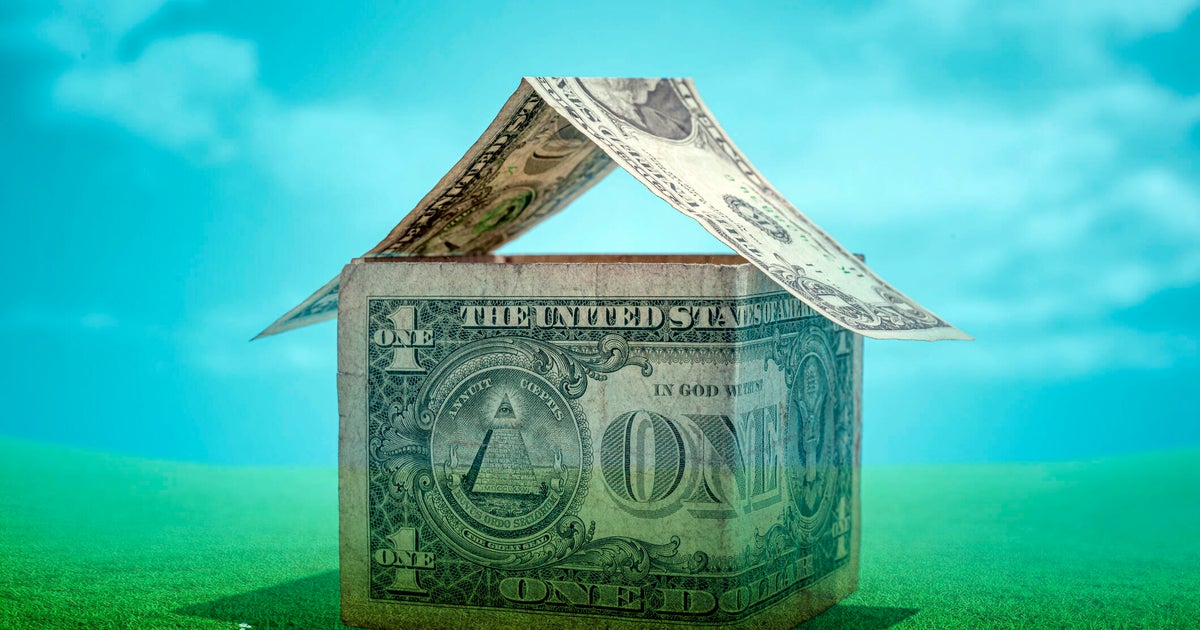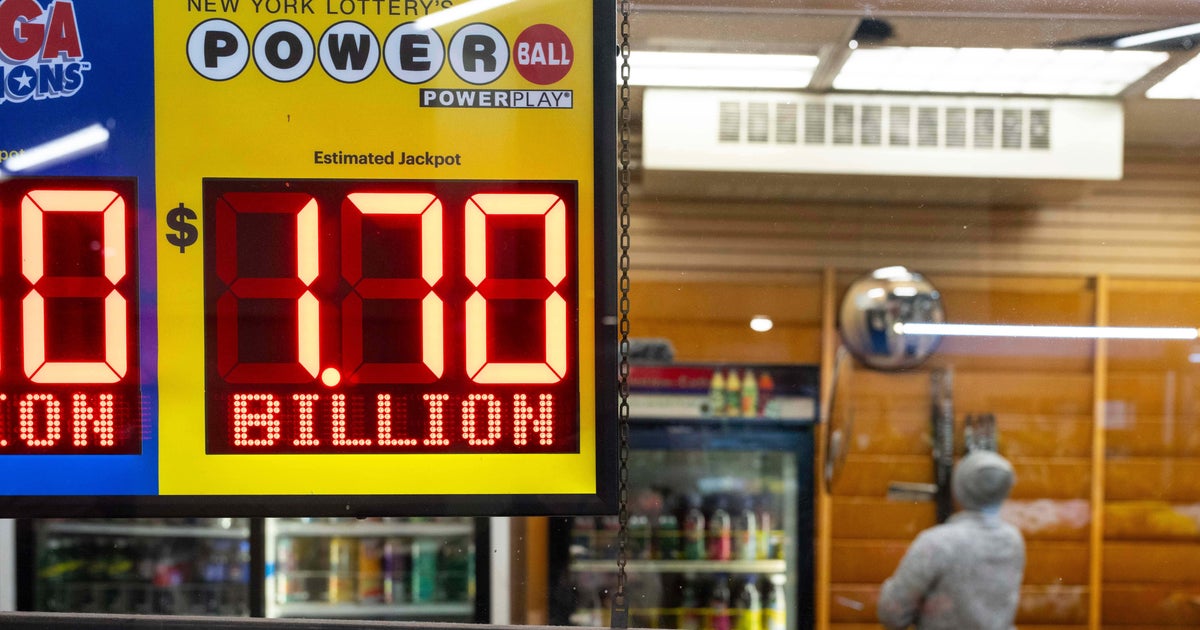Americans are buried under nearly $1 trillion in credit card debt. Here's how to dig your way out.
With inflation remaining stubbornly high, Americans are piling up a mountain of credit card debt as they use plastic to offset their shrinking purchasing power. Consumers now owe a record $986 billion on their charge cards, up 17% from a year earlier, according to the Federal Reserve Bank of New York.
Although it's never wise to rack up debt, today's record high interest rates for credit cards can push people into even deeper financial straits. The average annual percentage rate is now 20.92%, higher than any point since the Federal Reserve began tracking card APRs in 1994, according to a recent study from WalletHub.
Many Americans who carry a credit card balance are unaware of how high their interest rates are or how much it costs them to carry debt. Here's how to start reducing your credit card debt now, according to experts.
Limit your credit card usage
One of the most effective ways to start tackling what can feel like a burdensome debt load is by first stopping it from accumulating. It takes discipline, but try to limit your card usage so you aren't spending money you don't have, advised Michael Hershfield, founder and CEO of savings platform Accrue Savings.
"If you can, cut your credit card usage to zero until you pay off your debt. This is a focused way to unwind the debt burden you are in," he told CBS MoneyWatch.
Move the bulk of your spending to a debit card instead, which makes it easier to stay on top of how much you're spending.
Transfer your balance to a 0% card
Your credit card balance grows every month whether you spend more or not, based on your credit issuer's average monthly interest rate. Stop it from growing by transferring your existing balance to a new credit card that charges 0% interest for an introductory period of up to 21 months, experts recommend.
Examples of such cards include the Wells Fargo Reflect card, the BankAmericard, and the Citi Simplicity and Citi Diamond Preferred cards. But be aware that credit issuers offering limited-time 0% interest cards count on customers carrying debt after the introductory rate expires.
Devise a repayment plan
To avoid falling into that trap, plan on repaying the debt on limited-time 0% card before the offer ends. Start by dividing what you owe by the number of months in the 0% interest term.
Take someone with the average credit card balance of $5,733 in the first quarter. A typical debt holder who transfers debt to a 0% card with a 21-month term should should aim to make $273 payments each month to achieve a clean slate by the time the interest grace period is over.
"It's best to stick to a level payment plan if you can," Bankrate senior industry analyst Ted Rossman told CBS MoneyWatch. "That way, you make progress along the way and have a self-imposed deadline so you're not facing a balloon payment that last month."
"If you can stick to that steady as you go plan, it can you save you a ton of time and interest," he added.
A key to this approach: Don't compound existing debt with new purchases.
"Even though it's interest-free for a while, it's hard to hit a moving target," Rossman said.
Pay down high interest-rate debt first
Sky-high card APRs underscore the importance of paying off your debt as soon as possible.
"These rates are several multiples higher than other common forms of debt," Rossman said. "They're up to six times higher than rates on mortgages, car loans or student loans."
Hershfield of Accrue Savings also stresses the importance of prioritizing paying down the most costly form of debt first.
"If you have several debt obligations, focus on paying off the ones with the highest interest rates and fees first. This will ultimately result in long-term debt reduction," he said.
To help pay down debt, consumers can also take on a side hustle to generate more income or cut unnecessary costs, experts add.







